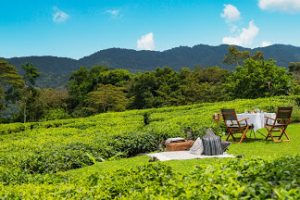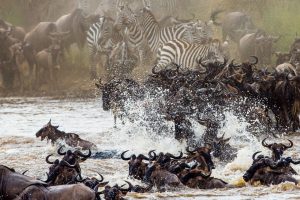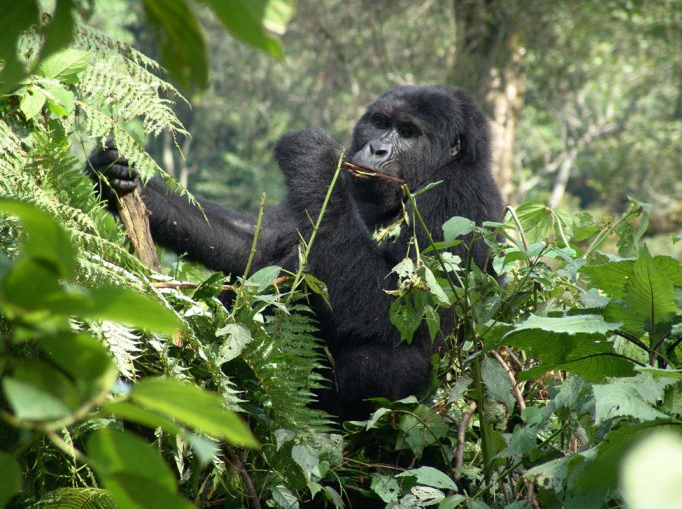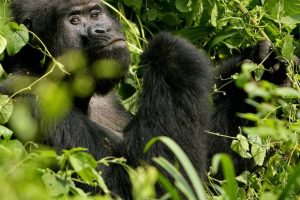Tanzania Travel Guide, Where to go, Top Attractions, & Wildlife Safaris
Tanzania covers a total area of 947,303 square kilometers thus being Africa’s 13th largest country and 31st largest in the whole world.
It is found in eastern parts of Africa within the African Great Lakes region bordering Kenya and Uganda to the north; Rwanda, Burundi, and the Democratic Republic of the Congo to the west; Zambia, Malawi, and Mozambique to the south; and the Indian Ocean to the east.
Mountain Kilimanjaro which is Africa’s highest mountain is also found in north-eastern Tanzania bordering Kenya.
Over 100 different languages are spoken in Tanzania thus making it the most linguistically diverse country in East Africa.
The country does not have an official language although the national language is Swahili. Swahili is used in parliamentary debate, in the lower courts, and as a medium of instruction in primary school.
English is though used in foreign trade, in diplomacy, in higher courts, and as a medium of instruction in secondary and higher education, although the Tanzanian government is planning to discontinue English as a language of instruction altogether.
Approximately 10 percent of Tanzanians speak Swahili as a first language, and up to 90 percent speak it as a second language.
Tanzania is mountainous and densely forested in the north-east where Mount Kilimanjaro is located. Three of Africa’s Great Lakes are partly within Tanzania of which in the north and west is Lake Victoria which is Africa’s largest lake.
Lake Victoria passes via three countries including Uganda and Kenya though Tanzania shares the biggest part of the lake. Lake Tanganyika which is Africa’s deepest lake is also resided in Tanzania and it is famously known for its unique species of fish.
The eastern shore is hot and humid with the Zanzibar Archipelago just offshore. The Kalambo Falls located on the Kalambo River at the Zambian border is the second highest uninterrupted waterfall in Africa. The Menai Bay Conservation Area is Zanzibar’s largest marine protected area.
Approximately 38 percent of Tanzania’s land area is set aside in protected areas for conservation. Tanzania has 16 national parks plus a variety of game and forest reserves including the mostly visited Ngorongoro Conservation Area.
In western Tanzania, Gombe Stream National Park is the site of Jane Goodall’s ongoing study of chimpanzee behavior which started in 1960.
Tanzania is highly bio-diverse and contains a wide variety of animal habitats. On Tanzania’s Serengeti plains, white-bearded wildebeest and other bovids participate in a large-scale annual migration to Kenya’s Maasai Mara national reserve.
Tanzania is home to about 130 amphibian and over 275 reptile species many of them strictly endemic and included in the International Union for Conservation of Nature’s Red Lists of countries.





